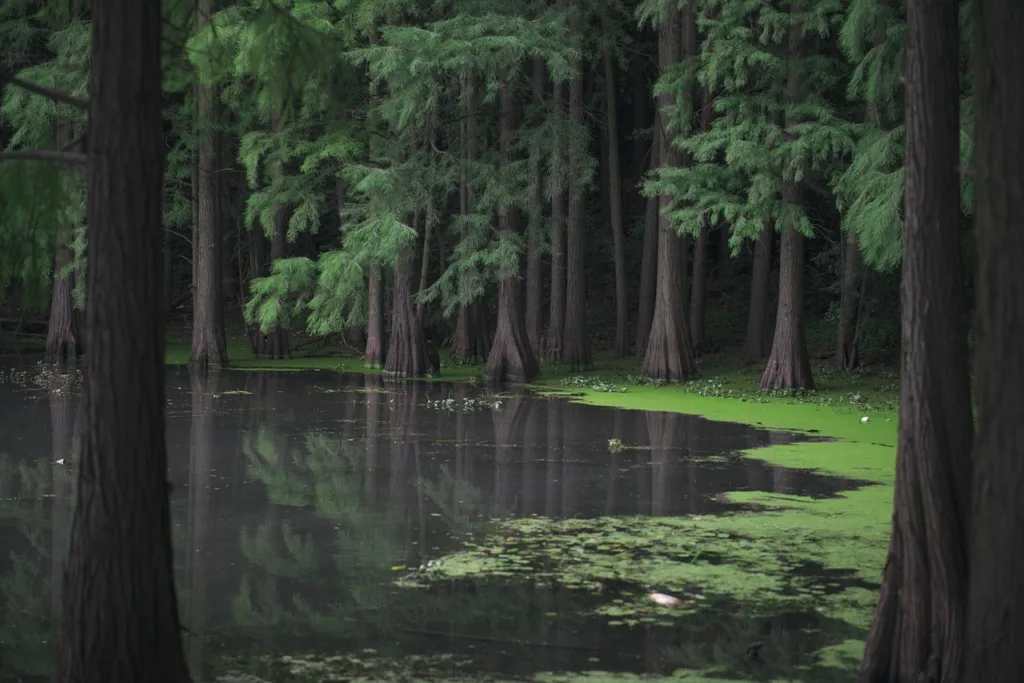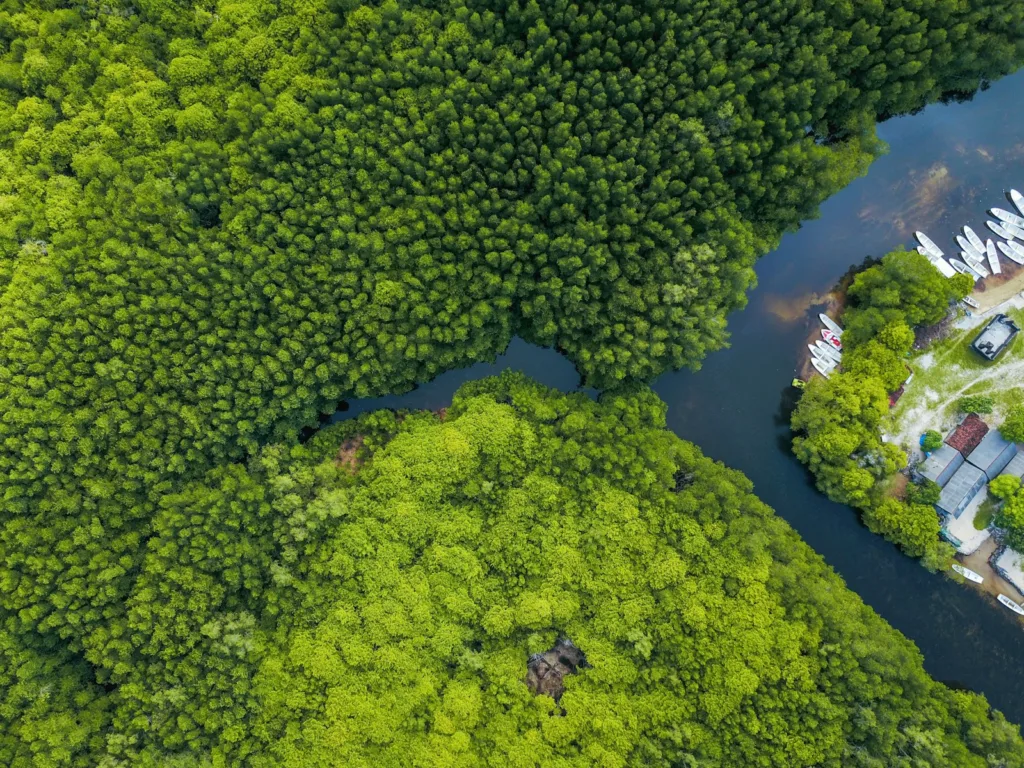Table of Contents
Lost Forest That Dates Back 22 Million Years Has Resurfaced
The petrified, and till unidentified to science, Sonneratioxylon barrocoloradoensis mangrove species allowed researchers investigating on Barro Colorado Island in the Panama Canal to reveal a previously lost ancient mangrove forest over 22 million years old.
The 121 fossilized wood specimens found on the island are part of the mangrove forest, which is dated to the Aquitanian stage of the Early Miocene by adiometric examination of the fossils, according to the paper. Central Panama was experiencing severe volcanic activity during this time and was a part of a long, narrow peninsula that was detached from South America yet connected to North America.

That forest likely destruction was caused by that volcanic activity. According to sedimentary and geological investigations, the forest that gave rise to fossilized trees was buried by a single volcanic eruption that occurred in an oceanic or riverine setting.
- An Early Miocene mangrove forest originally covered Barro Colorado Island in the Panama Canal, according to research looking at fossilized wood from the island.
- The trees were probably buried and fossilized in one go by a volcanic flow.
- Those trees are representative of a mangrove species that science had not yet discovered.
The study’s findings, according to Smithsonian Tropical Research Institute researchers, suggest that these mangroves’ wood anatomy is comparable to that of a mangrove species that is native to Southeast Asia. The researchers think that S. barrocoloradoensis typically reached a height of 82 feet, however the highest individuals were known to reach 131 feet, easily beyond the soaring reach of contemporary mangrove forests. They named this newly discovered species after the island where it was discovered.
“That the fossil wood assemblage on Barro Colorado Island comprised a mangrove forest growing along the coast of the volcanic chain of central Panama,” the authors noted after researching the location where the specimens were located.

It is known that mangrove forests can thrive in tropical and subtropical regions. Although their thick, tangly root systems are unable to withstand below-freezing conditions, they are frequently found along riverbanks and coastlines where they can withstand varying tides. Mangroves can survive in some of the saltiest environments and can filter salt water along with other detritus, so they don’t have a problem with it.
When Barro Colorado Island was built in 1913 as part of the Panama Canal construction, it became a center for research, during the formation of Lake Gatun. The “rainforest-covered living laboratory” on the 9 square mile island is home to some of the world’s oldest tropical research stations, providing exceptional opportunities to study biology, ecology, and animal behavior.

The history of Barro Colorado Island has already involved more than a century of study, but discovering a mangrove species that had not been identified before and discovering a whole new world of vanished forests from more than 22 million years ago is truly a cherry on top.
read also :5 Most stylish 300cc motorcycles ever produced.
A Lost Forest From 22 Million Years Ago Has Suddenly Resurfaced (msn.com)
The study’s findings, according to Smithsonian Tropical Research Institute researchers, suggest that these mangroves’ wood anatomy is comparable to that of a mangrove species that is native to Southeast Asia. The researchers think that S. barrocoloradoensis typically reached a height of 82 feet, however the highest individuals were known to reach 131 feet, easily beyond the soaring reach of contemporary mangrove forests. They named this newly discovered species after the island where it was discovered.
The study’s findings, according to Smithsonian Tropical Research Institute researchers, suggest that these mangroves’ wood anatomy is comparable to that of a mangrove species that is native to Southeast Asia. The researchers think that S. barrocoloradoensis typically reached a height of 82 feet, however the highest individuals were known to reach 131 feet, easily beyond the soaring reach of contemporary mangrove forests. They named this newly discovered species after the island where it was discovered. india indian we are hello


1 thought on “Unexpectedly, a Lost Forest That Dates Back 22 Million Years Has Resurfaced”